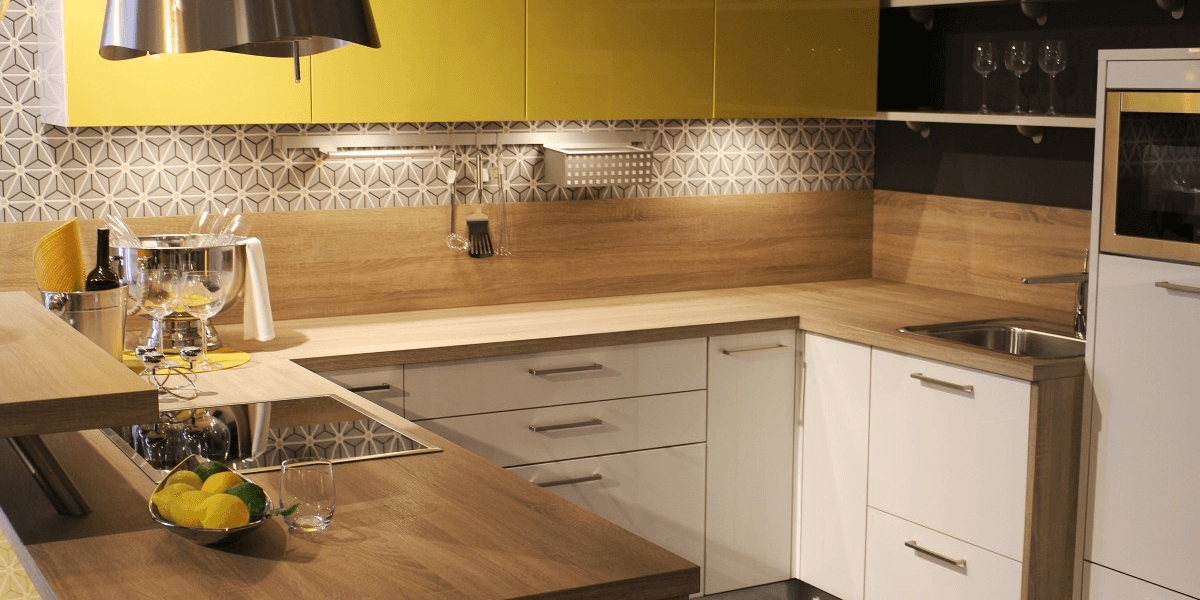Designer kitchens have become a popular choice for homeowners looking to elevate the look and functionality of their living spaces. With a myriad of options available, choosing the perfect designer kitchen can be a daunting task. To help you navigate through the process, we have compiled expert advice and tips to ensure you end up with a kitchen that not only meets your needs but also reflects your personal style.
When it comes to designing your dream kitchen, the first step is to consider your lifestyle and how you use the space. Think about the functionality you require, whether you are an avid cook who needs ample counter space and storage, or if you entertain frequently and need a kitchen that can accommodate guests. Understanding your needs will help you prioritize features and elements that are essential for your designer kitchen.
One of the key kitchen design tips is to establish a budget before you start the planning process. This will help you narrow down your options and prevent overspending on unnecessary upgrades. While designer kitchens can be a significant investment, there are ways to achieve a high-end look without breaking the bank. Consider mixing high-end finishes with more affordable options to create a stylish yet cost-effective kitchen.
When it comes to kitchen designing, paying attention to the layout is crucial. The layout of your kitchen will determine how efficient and functional the space is. Consider the classic work triangle – the relationship between the stove, sink, and refrigerator – and ensure they are positioned for easy access and minimal movement between them. Additionally, think about the flow of the kitchen and how you move around the space while cooking or preparing meals.
Another important aspect of designer kitchens is the choice of materials and finishes. Opt for durable materials that can withstand the wear and tear of daily use, such as quartz countertops and hardwood flooring. When selecting finishes, consider the overall aesthetic you want to achieve – whether it’s a modern, sleek look or a more traditional, cozy feel. Mixing textures and finishes can add depth and visual interest to your kitchen design.
Lighting is often an overlooked aspect of kitchen designing but can make a significant impact on the overall look and functionality of the space. Incorporate a mix of task lighting, ambient lighting, and accent lighting to create a well-lit and inviting kitchen. Pendant lights over the island or sink, under cabinet lighting, and recessed lighting can all contribute to a well-lit kitchen that is both functional and aesthetically pleasing.
Lastly, don’t forget about the finishing touches that can tie the whole design together. From cabinet hardware and faucets to backsplash tiles and window treatments, the details can make a big difference in the overall look of your designer kitchen. Consider adding personal touches such as artwork, plants, or decorative accessories to make the space feel like home.
In conclusion, designing your perfect designer kitchen involves careful planning, attention to detail, and a clear understanding of your needs and style preferences. By following these expert tips and advice, you can create a kitchen that not only looks beautiful but also functions seamlessly for your everyday use. Whether you prefer a sleek, modern design or a cozy, traditional look, there are endless possibilities to create the kitchen of your dreams.
